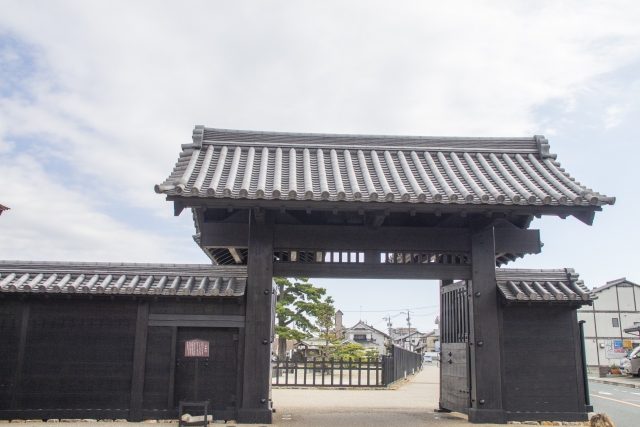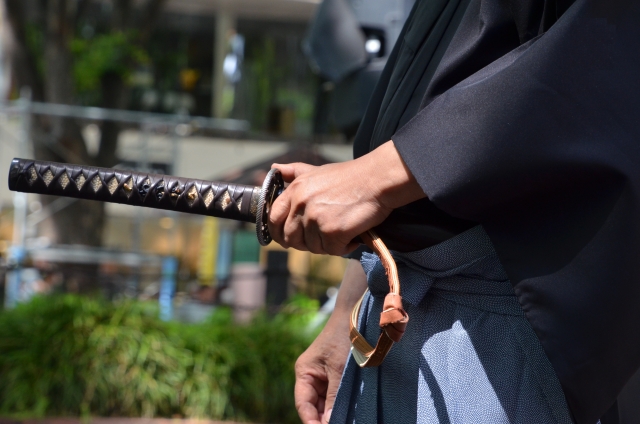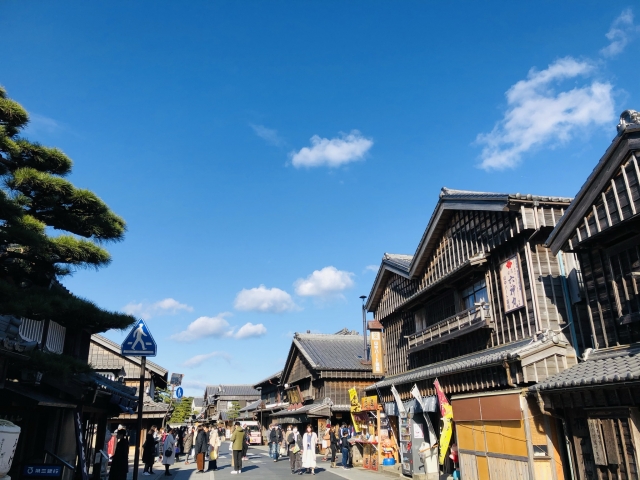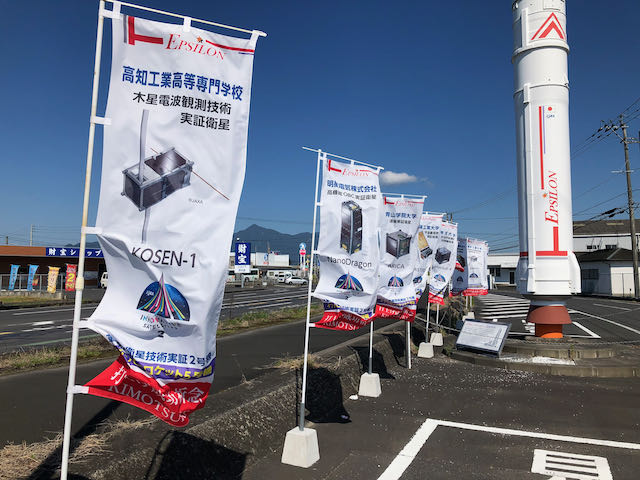Sakoku(鎖国) is famous for Edo Bakufu’s attitude towards outside of Japan in the Edo Period. What about the domestic situation in that period? As we can see many Sekisyo(関所:Gates) in the Edo Historical drama on TV dramas and movies, people’s movement was restricted.
No travel in the Edo Period. Freedom of movement is young.
How far can we go in 2 hours and 30 minutes today? You can go to Osaka by Shinkansen, to Okinawa by plane from Tokyo. Of course, it costs money, but if you want to travel for a change, you can go anywhere as you want in a few hours.
In the old days such as the Edo period, walking was the most means of transportation. Needless to say, it’s not possible to go for Onsen and back without stay in a day.
It’s being said that It wasn’t until the Meiji era that the people were able to move freely within the country.
Limited People’s movement
As mentioned earlier, in the Edo period, people’s movement was restricted.

Without the Tsuko-Tegata(通行手形), people couldn’t go through the Sekisyo(関所) gate. It’s hard to imagine now, but breaking the barrier was a felony, sentenced to crucifixion (that is, the death penalty).
What is Tsuko-Tegata(通行手形)?
It is equivalent to a modern passport.
It proves that people are traveling with permission. without permission, people were not able to go outside of their territory. They had to carry it while traveling.
Japan is always one nation, but Han(藩) at that time was as if like an independent nation. In the sense of modern people, it was like going abroad. it’s like you need a passport when you try to go AZ from CA.
Exception, visiting shrines and temples
So people in the Edo Period packed in their Han for their lifetime? No, there was an exception.
Gyoretsu(行列) means que. If people happen to see Daimyo-Gyoretsu(大名行列), people have to keep their head down and pause along a street, if a person bother the Gyoretsu, (ex pass the way, stand in front of the Gyoretsu etc…) the guy would be killed by Nihonto sword under the law of Samurai, “Kirisute-Gomen(切捨御免)” because the guy committed extremely rude attitude to Samurai.

However, even the Daimyo-Gyoretsu has an exception, it’s being said doctors and midwives are allowed to across the Gyoretsu because it’s urgent. They don’t have to keep their head down on the street for dozens of minutes. What a mercy it is!
Let’s go back to the topic. There were exceptions to restrictions on the movement of the people. It seems that it was possible to go out for a religious trip.
- Exceptionally unconditionally allowed trips to Ise-jingu
- In addition, visits to famous temples and shrines such as Nikko Toshogu and Zenkoji were generally allowed
In other words, travel was equal to visiting shrines and temples in Edo Period.
Ise-Jingu was the best place to travel even in the Edo period.
A typical example is “Okage-mairi (お蔭参り)” Visit to Ise-Jingu (Trivia: official name is just “Jingu”) in Mie Prefecture.

There is a record that there were 4.27 million visitors at Ise-Jingu only less than five months in Bunsei 13 (1830 AD). From the numbers, Ise-Jingu appears to be a popular power spot for Japanese both now and in the past.
Recently, especially among women, collecting red stamps(御朱印集め) is in fashion and Ise-Jingu is the best place for women’s trips(女子旅). Even there is a qualification test run by Jinjya-cyo(神社庁).
Summary: We love to visit shrines and temples all the time!
By the way, when I go on a trip, I unconsciously visit local shrines and temples. I hope that Japanese people may understand my feeling that even today when it comes to traveling, there is a tendency to go around the shrines and temples in that area.
That may be because of Japanese DNA that has been engraved for generations.
こちらもCHECK
-

-
Epsilon Monument at Kimotsuki Town, Kagoshima, Japan. A tourist Information by local guy
I heard that the Epsilon 5 rocket launch was scheduled today at 9:51. I rode a small-wheel bicycle and headed to a place where good to see the direction of Uchinoura Space Center for photo shooting. Cycling along Prefectural Road 68 for Epsilon Launch photo shooting Here in Kanoya, Kagoshima, southern Japan. It’s getting cold early in the morning these days. But Kanoya is located in tropical Kagoshima. Even in October, it’s hot like summer at noon. 15 minutes of cycling is enough to get sweat for me. According to the forecast, today’s minimum temperature is 22C and max 32C. …
続きを見る


